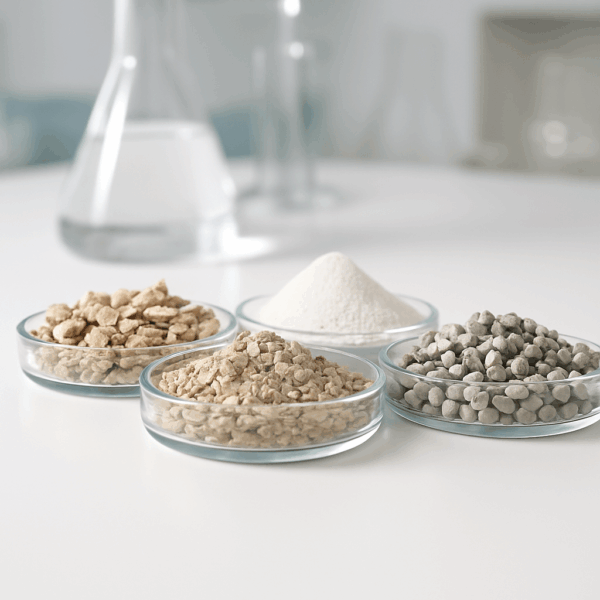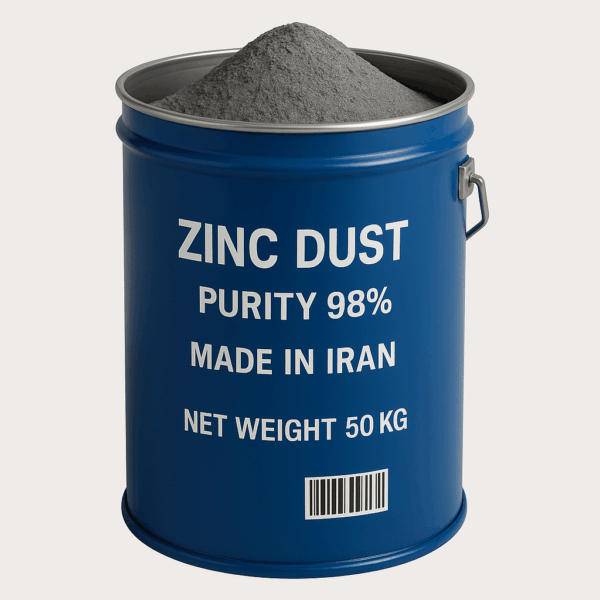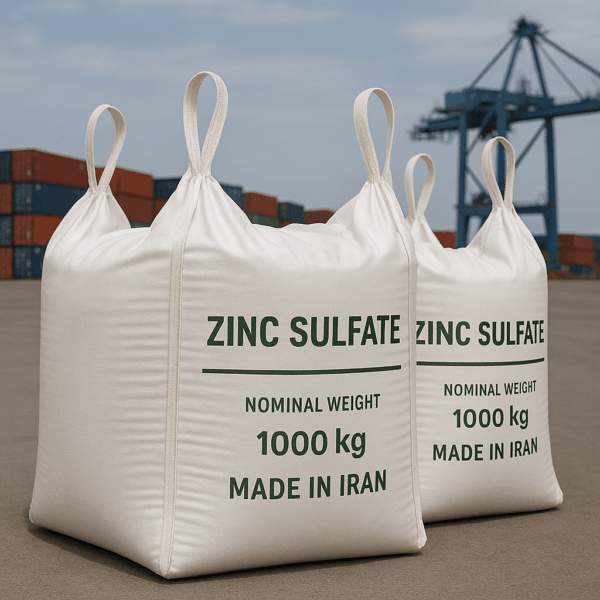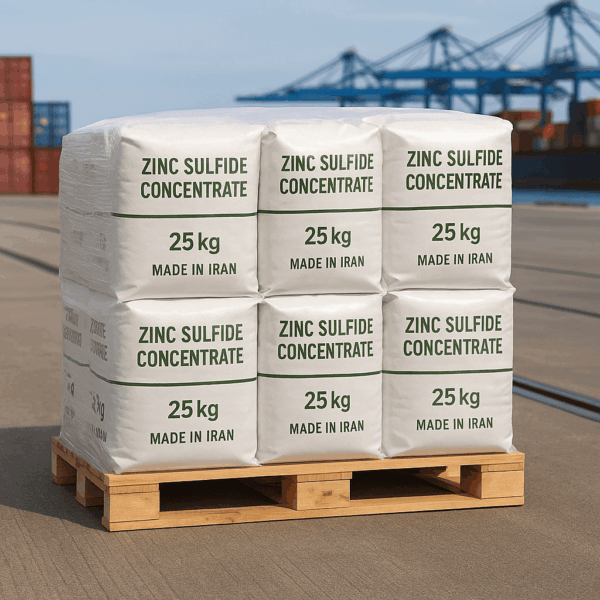Z
Zeolite
There are several types of Zeolite, including Natural Zeolite (Clinoptilolite) and Synthetic Zeolite varieties such as Zeolite A, Zeolite X, and Zeolite Y, each optimized for specific applications. Natural Zeolite is widely used in water and wastewater purification, gas adsorption, soil improvement, and animal feed additives, while Synthetic Zeolites serve in detergent manufacturing, petrochemical refining, and catalytic cracking. Production involves mining, crushing, and refining natural deposits, or synthesizing through controlled hydrothermal crystallization of alumina and silica under specific temperature and pH conditions. The result is a uniform, high-purity product with tailored pore size and ion-exchange capacity.
Zinc Dust
Zinc Dust is available in various grades and particle sizes, including high-purity (≥98%), special-grade (≥99%), and ultra-fine zinc dust designed for precision coatings and electrochemical uses. It is primarily used in anticorrosive paints and coatings such as zinc-rich primers for steel protection, in chemical industries for producing zinc salts and as a reducing agent in dye and pharmaceutical synthesis, and in metallurgical processes such as cementation of precious metals. Production involves melting pure zinc ingots, vaporizing under controlled conditions, and rapidly cooling the vapor into fine, uniform particles to ensure maximum reactivity and purity.
Zinc Ingot
Zinc Ingots are available in various types and grades, including Special High Grade (SHG 99.995%), High Grade (99.95%), and Prime Western (98.5–99%), each tailored for specific industrial applications. They are primarily used in galvanizing steel, die casting alloys, brass manufacturing, batteries, chemicals, and paint and rubber production. Production involves roasting zinc concentrate, leaching, purification, electrolysis, and casting under controlled conditions to ensure uniform crystal structure and purity. The refined ingots feature excellent fluidity, uniform weight, and minimal impurities, ensuring superior performance in melting and alloying processes.
Zinc Oxide
There are two main types of Zinc Oxide: Direct (American) process and Indirect (French) process, each delivering distinct purity and particle characteristics. Zinc Oxide is widely applied in rubber and tire industries as a vulcanization activator, in ceramics as a glaze enhancer, and in paints and coatings as a UV-resistant pigment. It is also used in pharmaceuticals and cosmetics for its antiseptic and sunscreen properties, and in animal feed to support healthy growth. Production typically involves oxidation of metallic zinc or calcination of zinc carbonate under controlled conditions to ensure high surface area and consistent purity, ranging between 99% and 99.9%.
Zinc Sulfate
Available in different types—Zinc Sulfate Monohydrate (ZnSO₄·H₂O) and Zinc Sulfate Heptahydrate (ZnSO₄·7H₂O)—it serves multiple sectors. In agriculture, it acts as a crucial micronutrient fertilizer to prevent zinc deficiency in crops, improving yield and quality. In the feed industry, it is used as a dietary supplement for livestock growth and immunity enhancement. Industrially, Zinc Sulfate is used in electroplating, flotation processes, dyeing, and as a raw material for manufacturing pigments and catalysts. Production typically involves controlled reaction of zinc oxide or zinc ash with sulfuric acid, followed by crystallization and drying to achieve the desired purity and particle size.
Zinc Sulfide Concentrate
There are two major types of Zinc Sulfide Concentrate — natural sphalerite concentrate and synthetic ZnS pigment-grade. Each is carefully produced to meet the requirements of different industries such as metallurgy, ceramics, rubber, plastics, and phosphor manufacturing. During production, zinc-bearing ores undergo crushing, grinding, and selective flotation to achieve a high ZnS concentration, typically ranging between 55% and 65%. The product is dried, screened, and tested to ensure consistent particle size and purity. Zinc Sulfide serves as an essential raw material for zinc extraction in smelters, a luminescent material in optical devices, and a pigment base in coatings and ceramics due to its superior whiteness and brightness.






